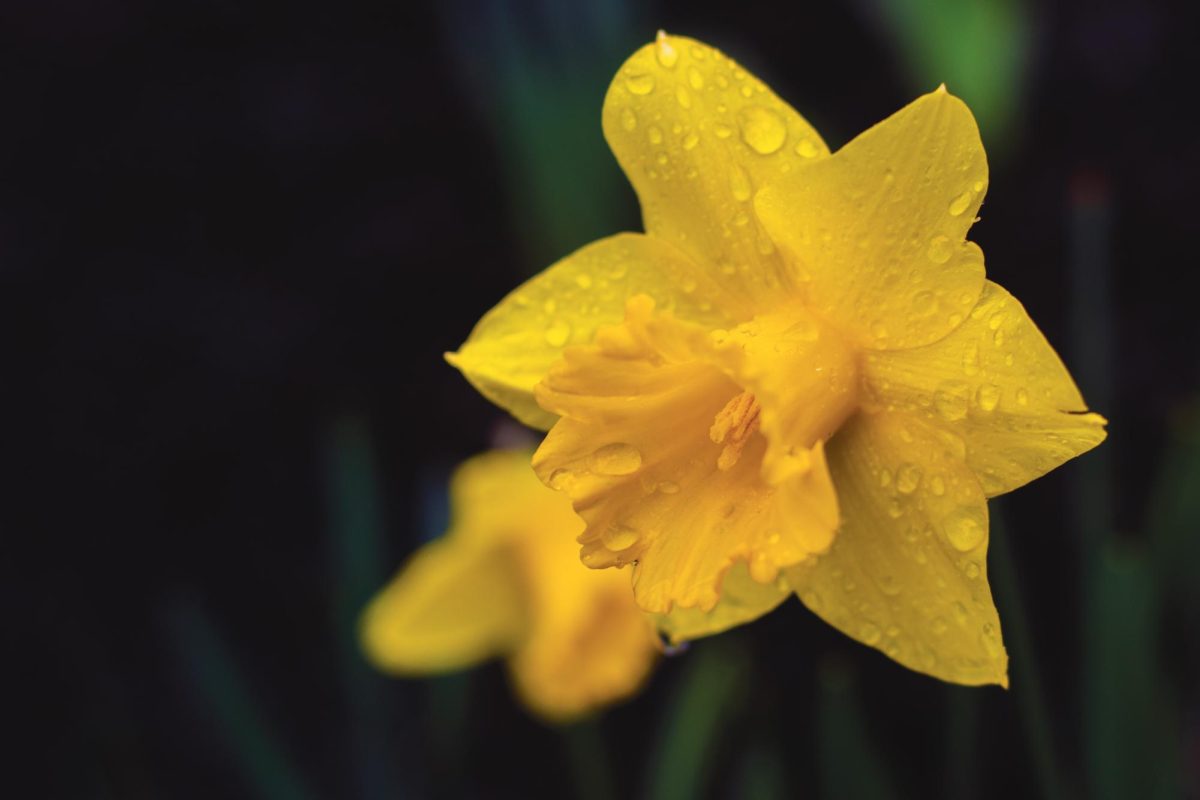The springtime, with its warmer weather and proximity to the end of the school year, is often a welcomed time on college campuses. However, with the turn of the season and its blooming flowers comes seasonal allergies for many college students.
In the Northern Hemisphere, the first day of spring is denoted by the spring equinox, which typically occurs on March 20. As the days get longer and warmer, many plants begin to bloom. The blossoming process for many plants, especially trees, produces a “fine, yellow” pollen.
The pollen allows plants to reproduce, according to the Smithsonian Gardens, “Pollination is an essential part of plant reproduction. Pollen from a flower’s anthers (the male part of the plant) rubs or drops onto a pollinator. The pollinator then takes this pollen to another flower, where the pollen sticks to the stigma (the female part). The fertilized flower later yields fruit and seeds.”
Springtime denotes the start of reproduction periods for many plants, causing an uptick in pollen in the air, which makes spring a difficult time to be outside for those who have seasonal allergies.
The body’s reaction to airborne allergens is dependent on the person, meaning that in the springtime there is a wide range in the severity of college students’ reactions to upticks in pollen.
According to Dr. Shaan Waqar, allergist and immunologist with ENT and Allergy Associates at the Plainview clinical site, people who experience seasonal allergies have immune systems that react poorly to the pollen that is in the air in larger numbers during the springtime.
“In humans who suffer from seasonal allergies, their immune systems overreact to airborne allergens like pollen,” Waqar wrote. “Allergen exposure triggers an inflammatory response in the body, leading to the release of chemical mediators responsible for allergy symptoms like runny nose, sneezing, nasal congestion, postnasal drip, itchy nose and itchy eyes.”
The body’s reaction to airborne allergens is dependent on the person, meaning that in the springtime there is a wide range in the severity of college students’ reactions to upticks in pollen. According to the CDC about one-quarter (25.7%) of adults have a seasonal allergy and nearly one in five children (18.9%). During the spring months of March and April, the most common airborne allergen is tree pollen.
For those who struggle with seasonal allergies, Waqar recommends that they see an allergist to perform an allergy test, through which students can figure out what they are specifically allergic to.
“Testing is usually done for both outdoor and indoor allergens, and can be very beneficial in the development of an appropriate allergy treatment plan. Allergy testing can be performed by an allergist via skin testing or blood testing,” Waqar wrote.
Many people who know they have seasonal allergies, use over-the-counter medications like Zyrtec, Allegra or Claritin to mitigate their symptoms. But for students who continue to suffer even when they use these over-the-counter remedies, immunotherapy might be a more suitable option.
“For patients with moderate or severe allergy symptoms, allergen immunotherapy or allergy shots, can be very helpful. Allergy shots help patients build tolerance to their allergens by turning down the immune response to common allergens over time,” Waqar wrote.
Along with getting tested for potential allergies and discussing a medication regimen with a medical professional, there are measures for all college students to implement in their springtime routines, even if they do not have severe allergies, to mitigate their exposure to airborne allergens.
“Try to stay indoors when the pollen levels are high, especially during mornings. Keep your windows closed at home and also when traveling by car. Use air conditioning instead. Wear sunglasses or glasses to protect your eyes from pollen exposure,” Waqar wrote. “Shower after coming back in from outdoor activities to ensure pollen is removed from your body. Avoid hanging sheets or clothes outside to dry.”
As the cherry blossoms begin to bloom in Central Park, remember that even if they are not completely visible to the human eye, airborne allergens are here for the spring. So pack your allergy meds, make an appointment with an allergist and reduce your exposure to airborne allergens. Your nose and eyes will thank you.



